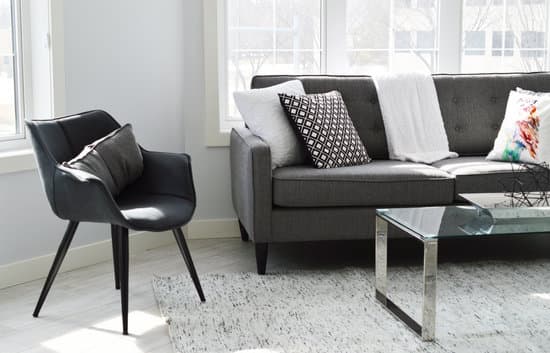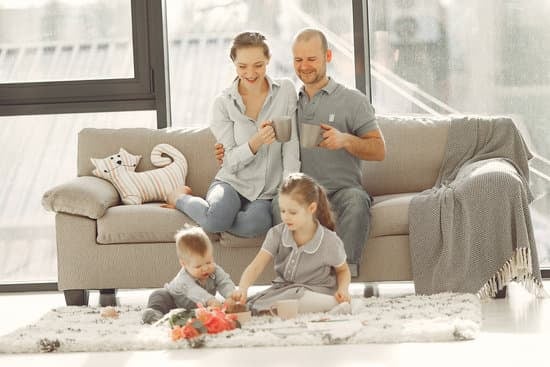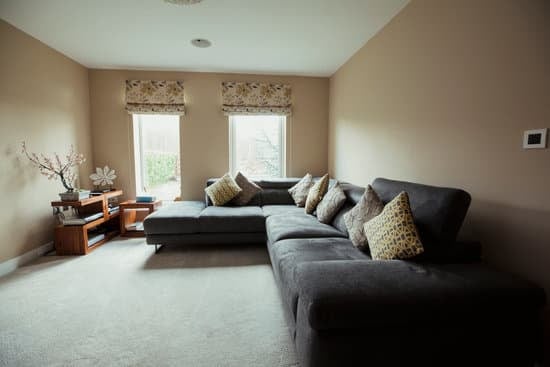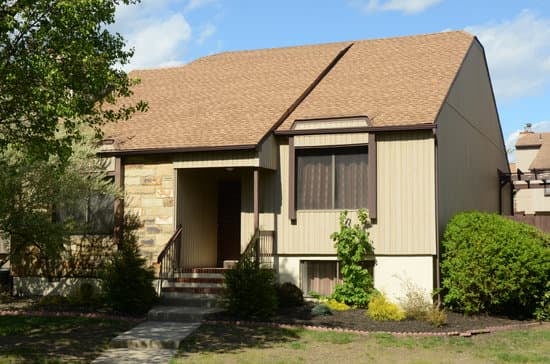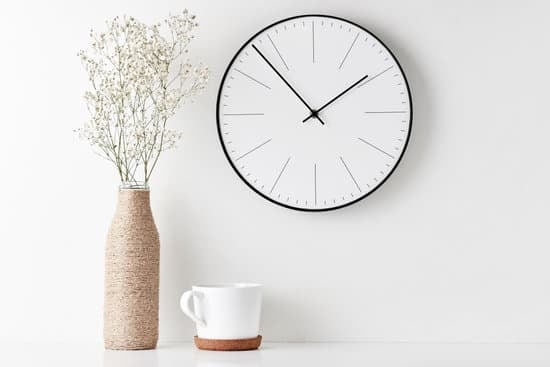Introduction to the Components of a Kitchen
The kitchen is often referred to as the heart of the home, and for good reason. It’s where meals are prepared, conversations are had, and memories are made. But have you ever stopped to think about the specific components that make up a kitchen? There are four key elements: the kitchen sink, prep area, cooking space, and storage. Each of these plays a crucial role in creating a functional and efficient space for food preparation and cooking.The Importance of Kitchen Layout
Before we dive into the specific components of a kitchen, it’s important to understand the significance of kitchen layout. The arrangement of your appliances, countertops, and storage areas can impact everything from how you move around the space to how enjoyable cooking and entertaining are. A well-designed kitchen has a logical flow and maximizes both storage and counter space.The Kitchen Sink: Function and Placement
The sink is arguably the most important component of any kitchen. It’s where you clean produce, wash dishes, and fill pots with water for cooking. When deciding on the placement of your sink, it’s important to consider both form and function. Ideally, your sink should be positioned near the refrigerator and stove for easy access to water and a place to dump scraps. Additionally, consider the size and depth of the sink to ensure it’s adequate for your needs. A deeper sink can be more versatile, while a shallower sink can be easier to reach into. Key point: Placement and size are crucial considerations when selecting a kitchen sink.The Prep Area: Design and Accessibility
Preparation space is where you’ll chop vegetables, measure ingredients, and assemble dishes. When designing your prep area, consider factors like counter height, type of surface (granite, marble, or butcher block), and available storage for utensils and cutting boards. Ideally, the prep area should be located near the sink and refrigerator for maximum efficiency. Additionally, consider the amount of space you need based on your cooking habits and family size.- Choose durable and easy-to-clean surfaces for your countertop
- Consider adding a pull-out garbage can under your prep area for easy cleanup







